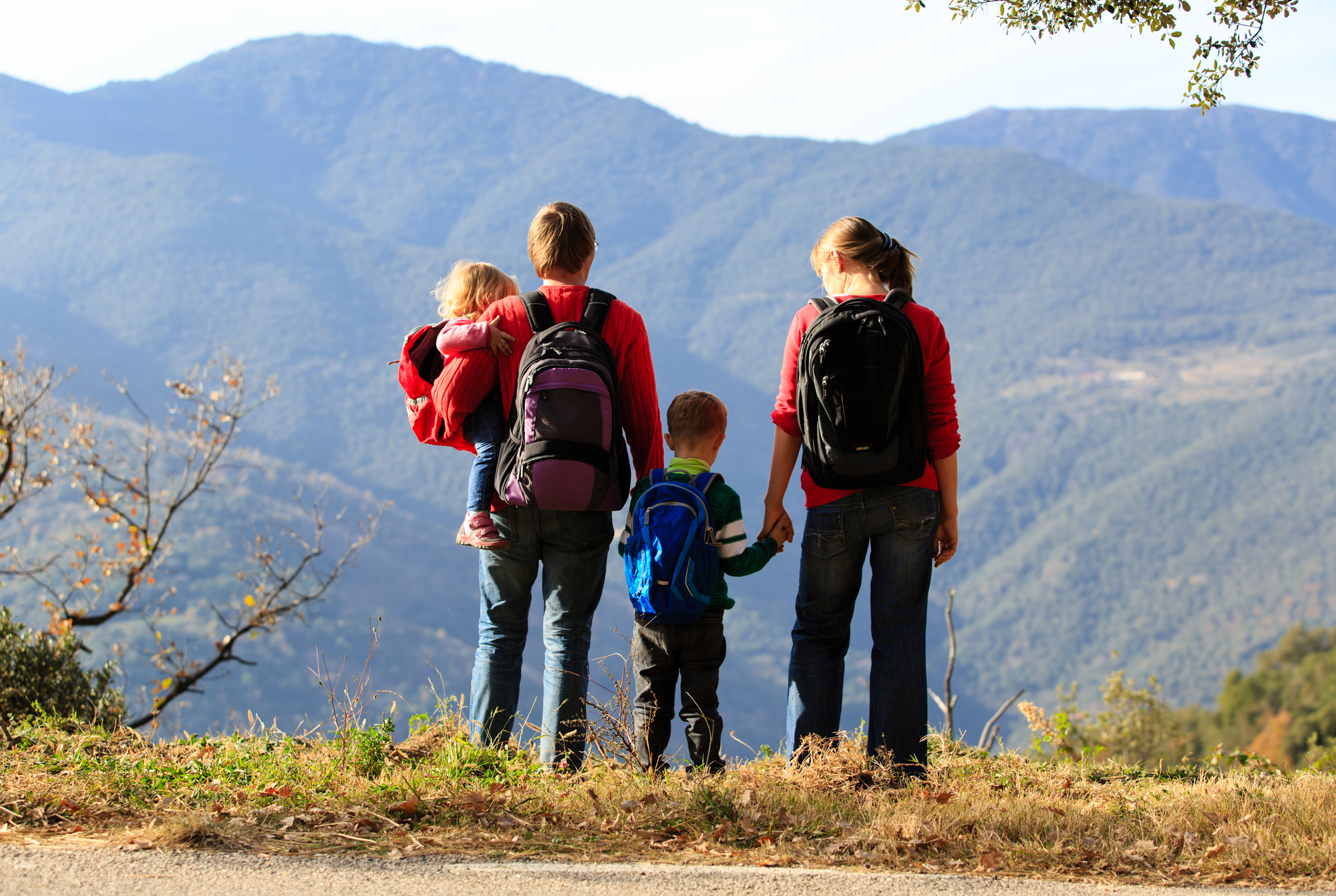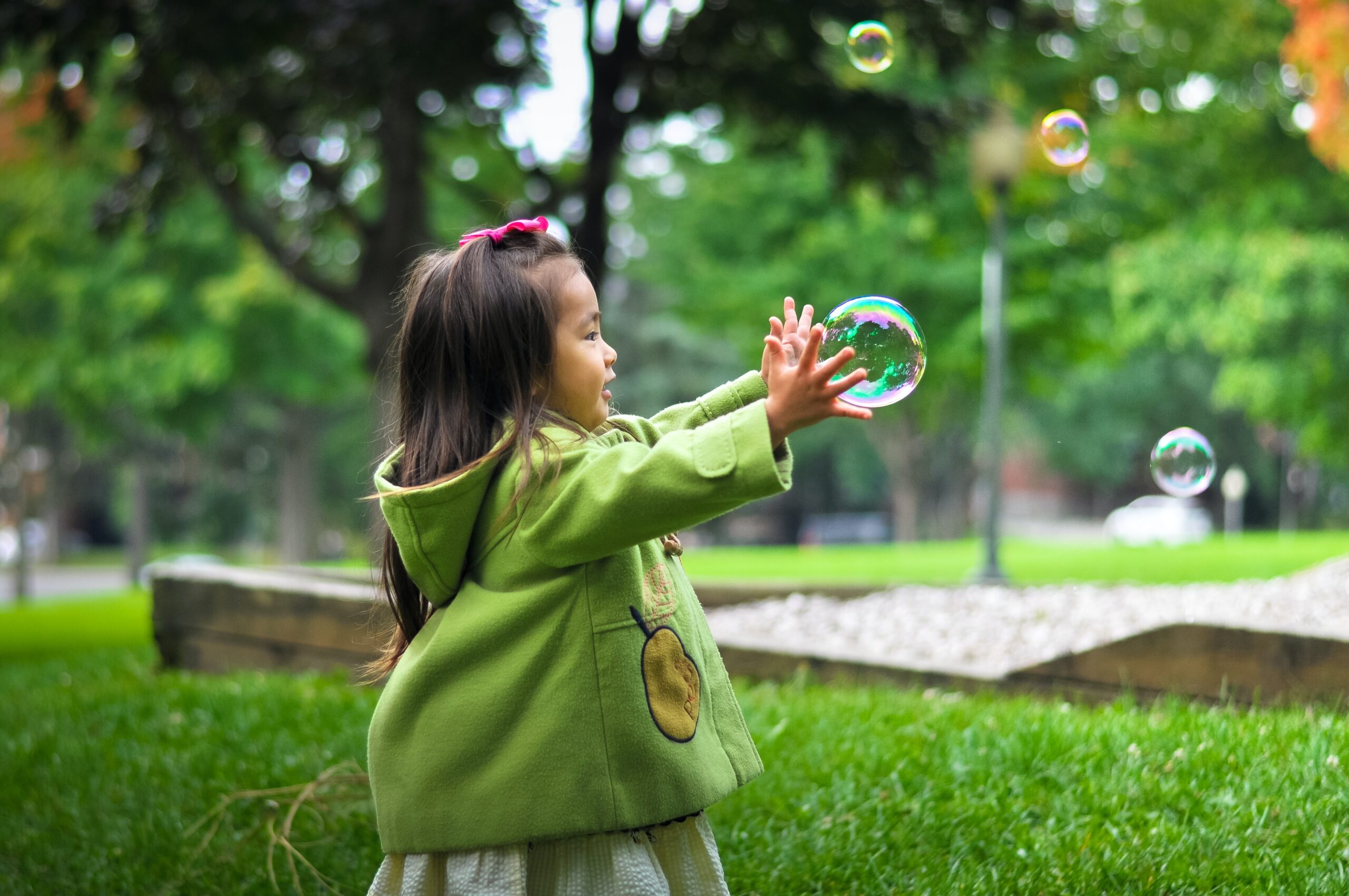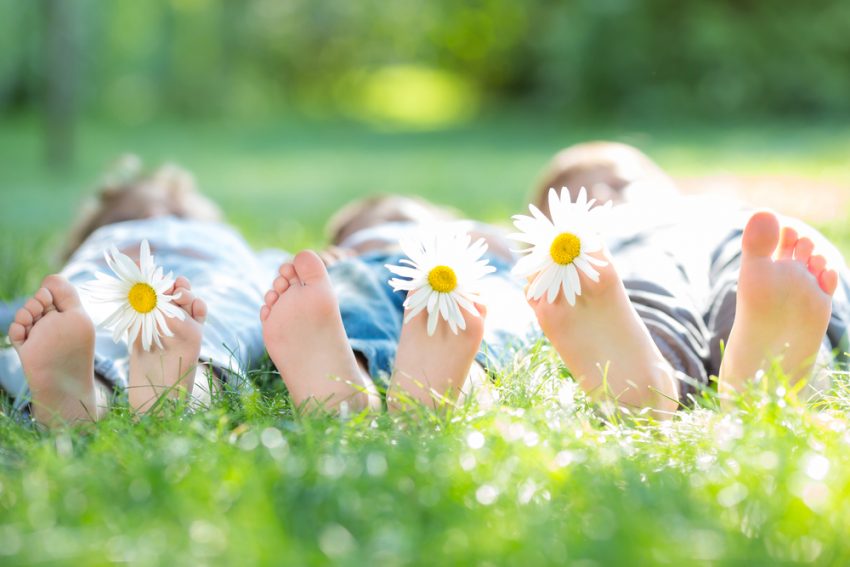In this modern age our children are spending increased amounts of time inside, and in front of screens. This increased indoor activity was prior to the global pandemic which has resulted in potential time spent isolating, lockdown or reduced access to certain activities, so there are even less opportunities to “get out and about”. Spending time outside is not just about fun an exercise for our children, it is an essential and necessary part of their development.
So, what is ecopsychology?
Ecopsychology is all about the relationship and connection we have to the world around us. Most people think about our connections to family and the wider community we exist in, but ecopsychology takes it a step further and looks into the relationship between humans and nature (1). In addition, many researchers agree that being in nature can help children pay better attention, they are less anxious, more confident, more responsible, better able to regulate their emotions and harness creativity and imagination (2).
Why is nature so good for our kids?
Confidence, self-efficacy and imagination – In part the benefits come from the unstructured nature of being outdoors. Many indoor toys have a specific purpose or role, whereas there are infinite ways that children can engage with the great outdoors and this unstructured play allows them to think more freely, and creatively. Giving your child some freedom to explore nature helps them to come up with their own ideas, activities and this increase their confidence and self-efficacy (the belief that they can achieve their goals) as they feel more in charge of their world and actions.
Sensory stimulation – It also provides a huge variety of stimulation, think of all the different things you can hear, touch, smell and see outside. Stimulation of the senses and exposure to a whole bunch of different environments and experiences is wonderful for our children’s development.
Get your body moving – There is also the physical benefit of being outdoors. Usually there is more space to move around, or the scenery around can inspire climbing, jumping, exploring…any movement is beneficial for our children. When we exercise, we release endorphins which are feel good chemicals, so we can also see an impact on positive mood.
Being connected to nature makes us feel happy – A recent study (3) identified that children who feel more connected to nature are happier. They measured connection by asking children how much they enjoyed certain activities in nature, like seeing animals and flowers, hearing and being able to touch different things in nature like plants and animals. They also looked at sustainable behaviours and attitudes of these children, looking at concepts like; helping those who are hurt, saving water, recycling. The research indicates that the children who feel more connected to nature engage in more sustainable behaviours/values (like frugality, altruism, looking after the planet, equity) which in turn influence how good they feel about themselves and improves their mood.

Sometimes it can be hard to manage unstructured play, or perhaps your child needs some convincing to step away from their screen/technology, so here are some tips and ideas to get your child engaged with the great outdoors
- Go to the library or chat to family/friends and see if anyone has any books on nature. You could even go online and print out some information about local flora and fauna in your area. Take the book out and go on a hunt to see what you can find in the wild. You could focus on listening out for particular animal noises, or identify different plants you can see. You might even take some pictures to put together your own catalogue/book of what you find.
- If you just can’t pry technology out of their hands use it your advantage – get them an app that measures steps taken and set the family a challenge, get them to take some videos of a family hike or adventure and ask them to edit it into a kind of photo journal or reel. You could also find apps that replicates the idea above, with podcasts, eBooks or catalogues on local animals, or other types of apps that are educational about nature and the environment to help get them a bit keener to move outdoors.
- Do a craft activity from some of the natural objects you find (just make sure you are ok to take the object with you – generally you cannot take living creatures, but there are also some local and specific rules around certain plants or other items being removed). Its good practice to only forage what has fallen to the floor (i.e., no picking live things) to cement the sustainability conversation. You can then place a piece of paper over the top of what you find (leaves, bark, anything with an interesting texture) and do a “rubbing” by running chalk or crayons on the paper which will leave you with an outline of the texture/shapes underneath. Please note – if you cannot take the nature away with you, or would personally prefer not to, you can bring your paper and crayons with you!
- Scavenger hunt! Again, to keep in lien with conversations about sustainability and looking after the earth its best to avoid taking your scavenger items with you, instead record them taking a photo or video. Set a scavenger hunt for your child(ren) of things they might find in a local nature space. It could be “something shiny”, “something spiky”, you could get them looking for particular shapes or colours too.
- Plant some flowers or edibles – you can have conversations about sustainable living and being self-sufficient. Or you could do some research into different types of flowers that attract local animals, like bees. You can turn it into a bigger project by building a garden bed together, sourcing plants or seeds and looking after them. Kids feel a great sense of accomplishment and self-esteem from setting goals and meeting them. A project like this is perfect as there are a number of stages and sub goals that they can achieve along the way!
- Get some tools – if you provide something like a magnifying glass, binoculars, a rake or sieve you are giving your child some objects that will really set their imaginations on fire. They will be able to explore the world around them in new ways by toughing and looking at things with these different tools, which enhances their sensory engagement and stimulation. It can also help get their creative juices flowing as they might not use these things in ways you had originally planned…go with it, the main aim is giving them opportunities to explore!
You don’t need to be a scientist or expert on nature, its just important to help our kids find ways to enjoy the outdoors. Building their curiosity and connection to nature will give them lifelong skills and will support them to feel good about themselves too!
- Fisher, Andy (2012). Radical ecopsychology: Psychology in the service of life. New York: Albany State University of New York Press. p. 3. ISBN978-0791453049.
- White, M.P., Alcock, I., Grellier, J. et al.Spending at least 120 minutes a week in nature is associated with good health and wellbeing. Sci Rep 9, 7730 (2019). https://doi.org/10.1038/s41598-019-44097-3
- https://www.frontiersin.org/articles/10.3389/fpsyg.2020.00276/full
The original article can be viewed at Wellbeing Blog
Rachel Tomlinson
I am a Registered Psychologist, mother, parenting expert and author of two internationally published books, “Teaching Kids to be Kind” (Skyhorse) a parenting book focusing on how to encourage kindness and compassion in children and “A Blue Kind of Day” (Penguin) a picture book about the sensory experiences of depression in children. I have worked in a variety of fields including; play therapy, education settings, children’s residential programs, women’s refuge’s, torture and trauma counselling and family support programs. I also serve as a sought after expert for print and broadcast media on topics such as parenting, child development and relationships.
For more info, please visit: https://www.towardwellbeing.com/in-the-media









